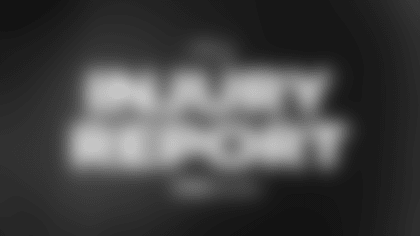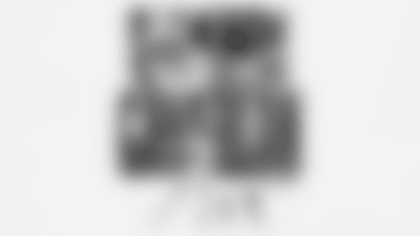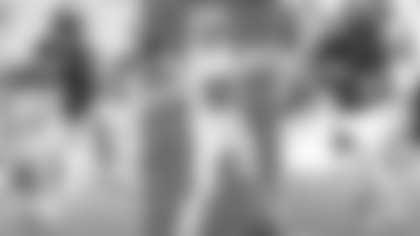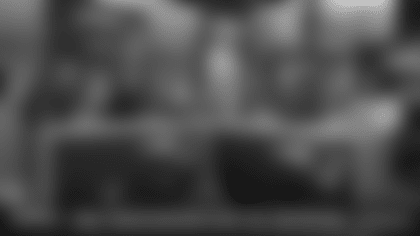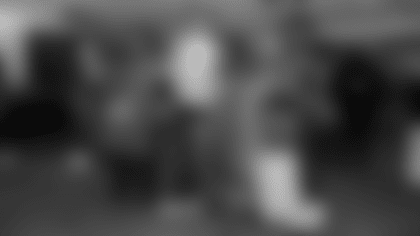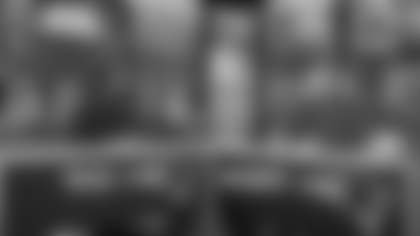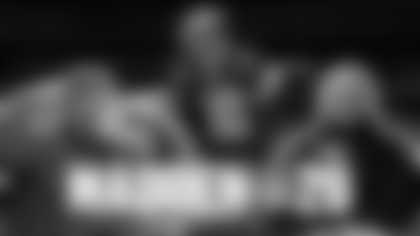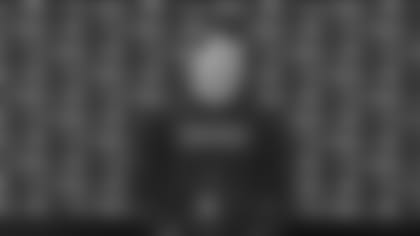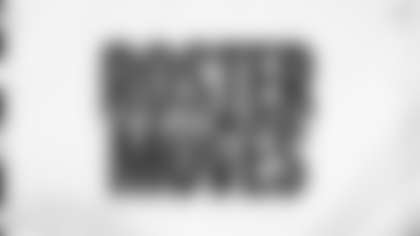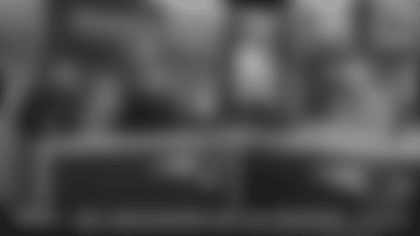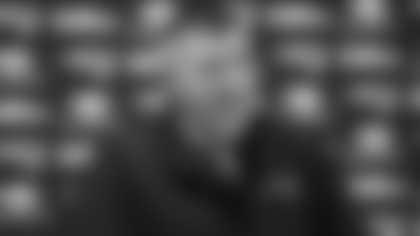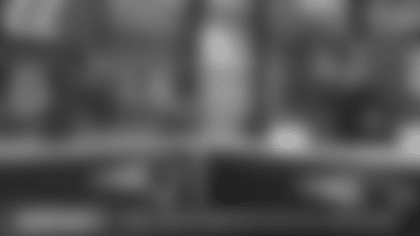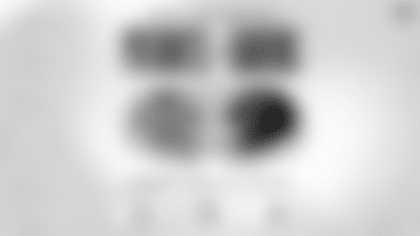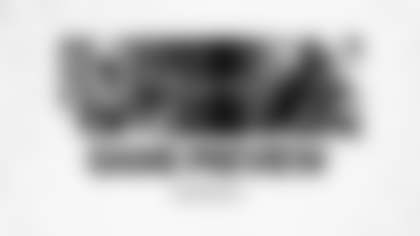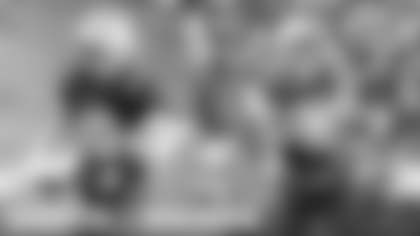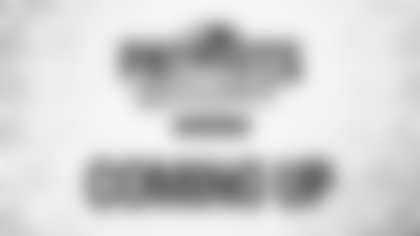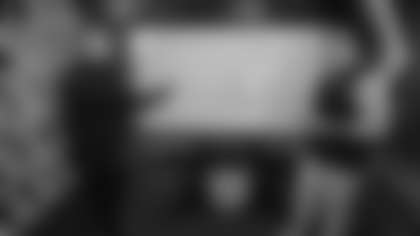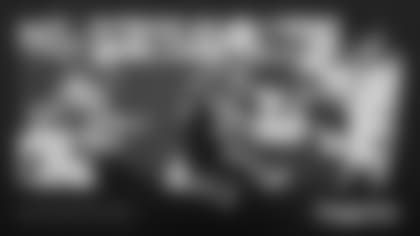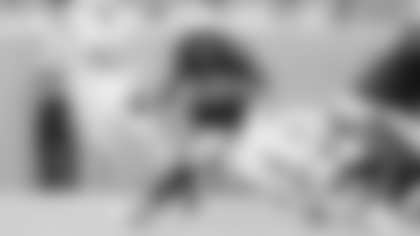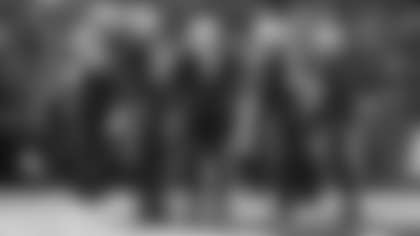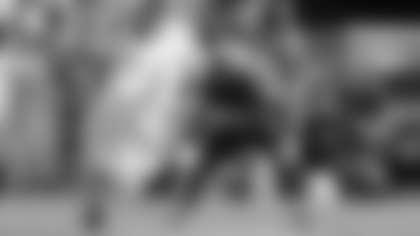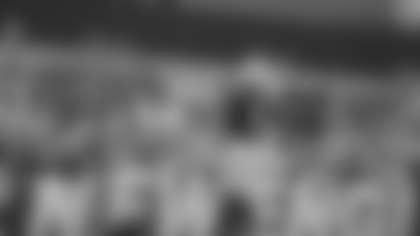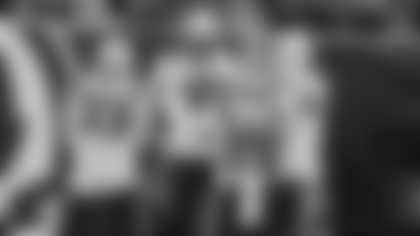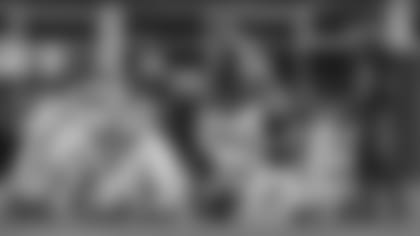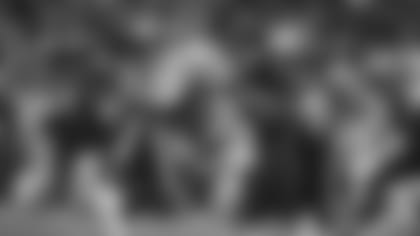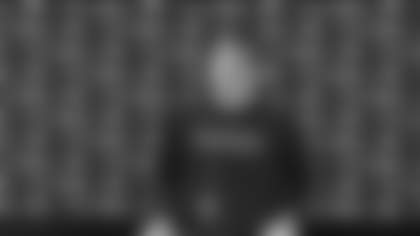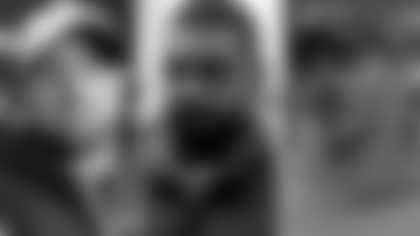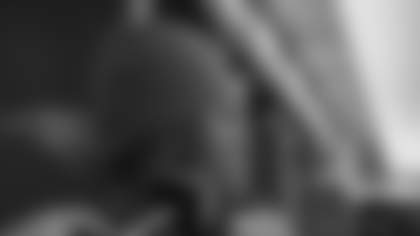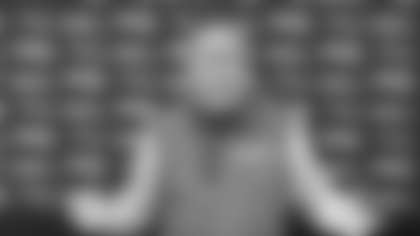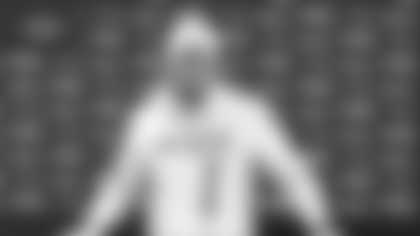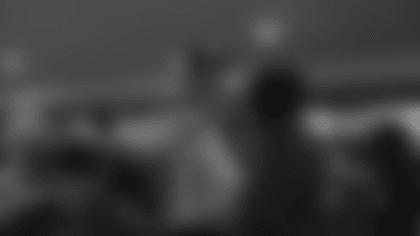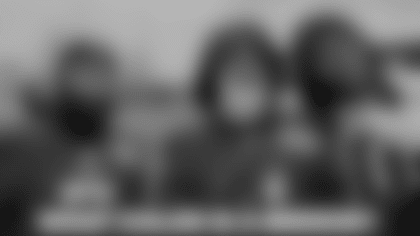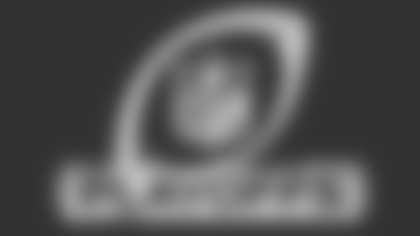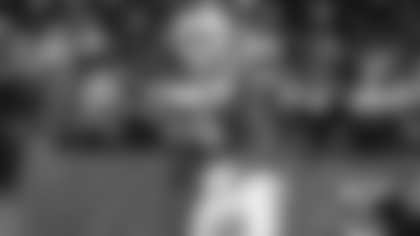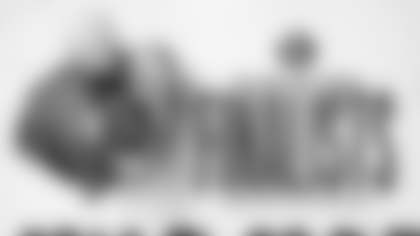The Patriots knocked off the Jets for their first win of the season, with four takeaways leading directly to 16 of their 25 points. While turnovers played an outsized role in the victory, New England's performance on third down provides a better window into the good and bad of where the Pats currently stand on both sides of the ball.
The defense dominated statistically on third down, allowing just five conversions on 13 third downs (38.5 percent), but a closer look at their performance shows a contrast between their dominance against the pass and untimely struggles against the run.
On the other side of the ball, Patriots offense picked up fewer third downs than the Jets, converting just three of 12 third downs (25 percent), but it wasn't all dreadful and even those three conversions illustrate that there are big plays to be had for the developing attack.
Here's a look at the best and the worst of the Patriots' third-down performance vs. the Jets.
Offense
Let's start things off with the best third down of the game for the offense, a 10-yard pass to Hunter Henry with under two minutes to go in the first half. Despite some setbacks, this was the best drive of the day for the offense, going 10 plays, 48-yards for a field goal that extended the lead just to 13-3.
Facing a third-and-four was a break for Jones and the offense, who found themselves in long-distance third downs throughout the contest, averaging 7.5 yards-to-go. This was a manageable one and Jones easily picked it up, finding Henry off the two-man route combo for the completion. When the offense is on time and in manageable distance, Jones has done an excellent job and this was a good illustration of it.
However, those kinds of conversions were tough to come by and a 10-yard sack taken by Jones on third-and-four in the first quarter shows some of the issues that are holding the offense back. Unlike most of the other failed third-down conversions, this one came with under five yards to go, usually money in the bank for a high-percentage thrower. The Patriots had previously converted a third down on this opening drive, with Jones finding James White on an angle route out of the backfield.
But the pass protection was perfect on that first third down, and on this second one, the breakdowns would short-circuit the quarterback's ability to quickly find an open receiver. The Jets stacked the line of scrimmage, with just one deep safety back and then rushed six at the snap which forced White to remain in and pass block. None of the receivers gained immediate separation and the pocket collapsed as Isaiah Wynn was beaten around the edge, as was Yasir Durant on the other side, leaving Jones nowhere to go. He took the sack for a 10-yard loss and the Patriots were forced to punt.
The Patriots would tack into more screen passes to take advantage of the Jets' aggressiveness later in the game and produced some big plays, although some were quickly snuffed out. Use of sub runs, especially via draws were a solid addition to the gameplan, with White playing one of his best games in the last two seasons.
A mere three third-down conversions won't be good enough in most games and at this point, it would appear staying on schedule is vital to this offense. As the quarterback continues to gain experience, Josh McDaniels should have more options at his disposal, but for now, avoiding negative plays is the big key to keep things rolling.
Defense
The defense was excellent on third down in this game, but some of their bigger issues did bleed over into the down, even if they were generally successful getting off the field. Up 10-0, the defense showed their best and worst on the Jets' first drive of the second quarter, centering on the run defense in short yardage.
Those problems showed on the first play of the second quarter, with the Jets easily converting a third-and-one. This was one of those plays where the offense is running the ball and everyone, including the defense, knows it. But the Patriots didn't get the stop.
With two tight ends to the offensive left, the halfback Ty Johnson followed the fullback to the weakside where he was able to break through for the conversion. Even with their heaviest front -- Davon Godchaux, Carl Davis and Lawrence Guy -- the Jets were able to get the necessary push as Ja'Whaun Bentley met the fullback in the hole but there was no one to finish off the back and prevent the conversion.
However, just seven plays later, the Pats defense would get an important stop on third down from their own two-yard line that was in direct contrast to their previous shortcoming. This was an example of exactly what it's supposed to look like, with both Guy and Godchaux controlling their blockers and re-establishing the line of scrimmage in the backfield. Bentley properly fills and finishes off the draw play for a loss of one, holding the Jets to a field goal. With the game still in the first half, this was one of the biggest plays of the afternoon, holding the Jets out of the end zone and doing it by stopping a run in short yardage.
There weren't enough of these kinds of plays but clearly, the Patriots are capable of controlling the line of scrimmage. It all starts upfront with Guy, Godchaux and the pieces around them.
Otherwise, with three sacks and an interception, the Pats were dominant on third down. If their run defense can make similar progress, they'll be able to play even more into their strengths.


